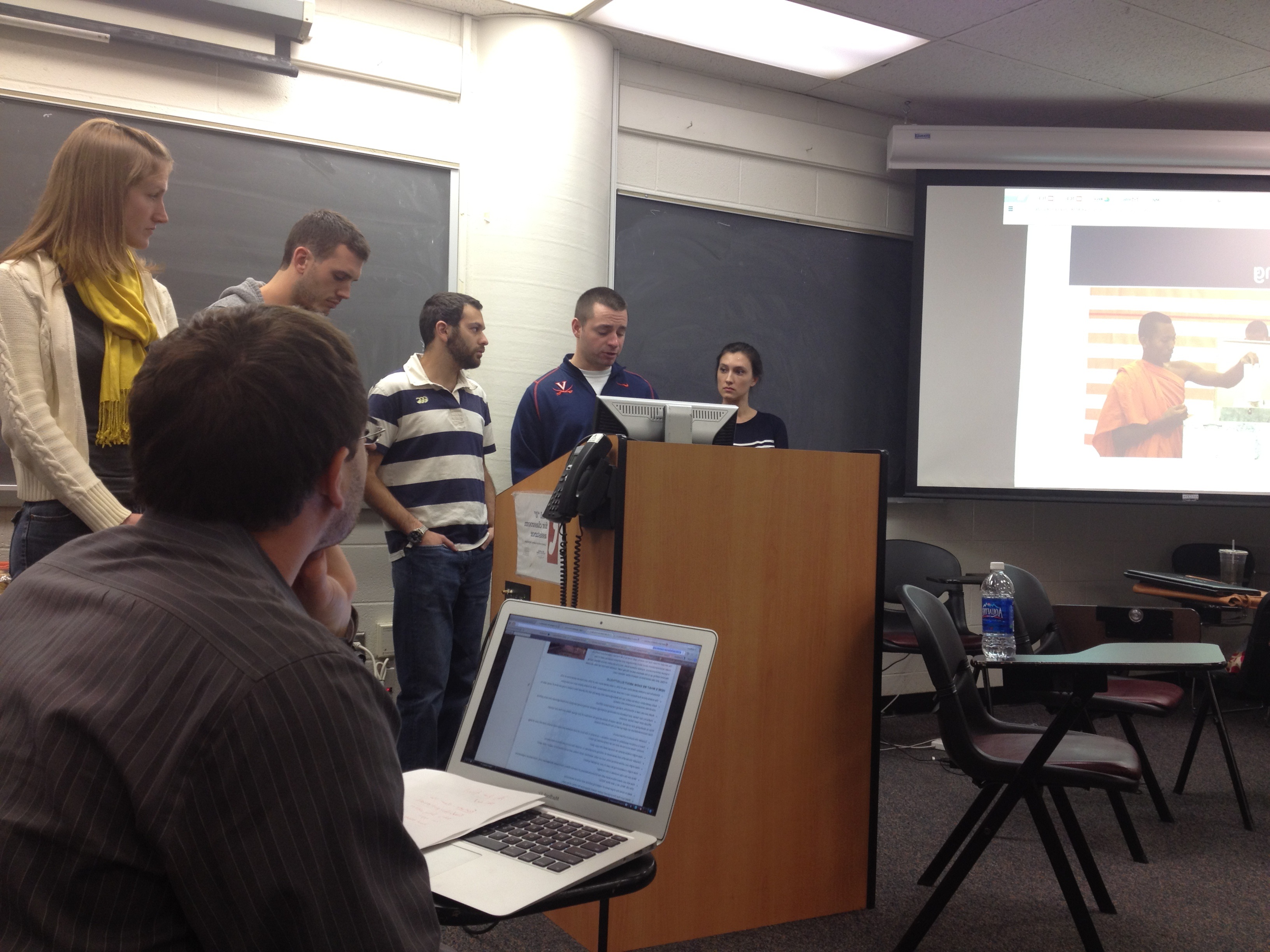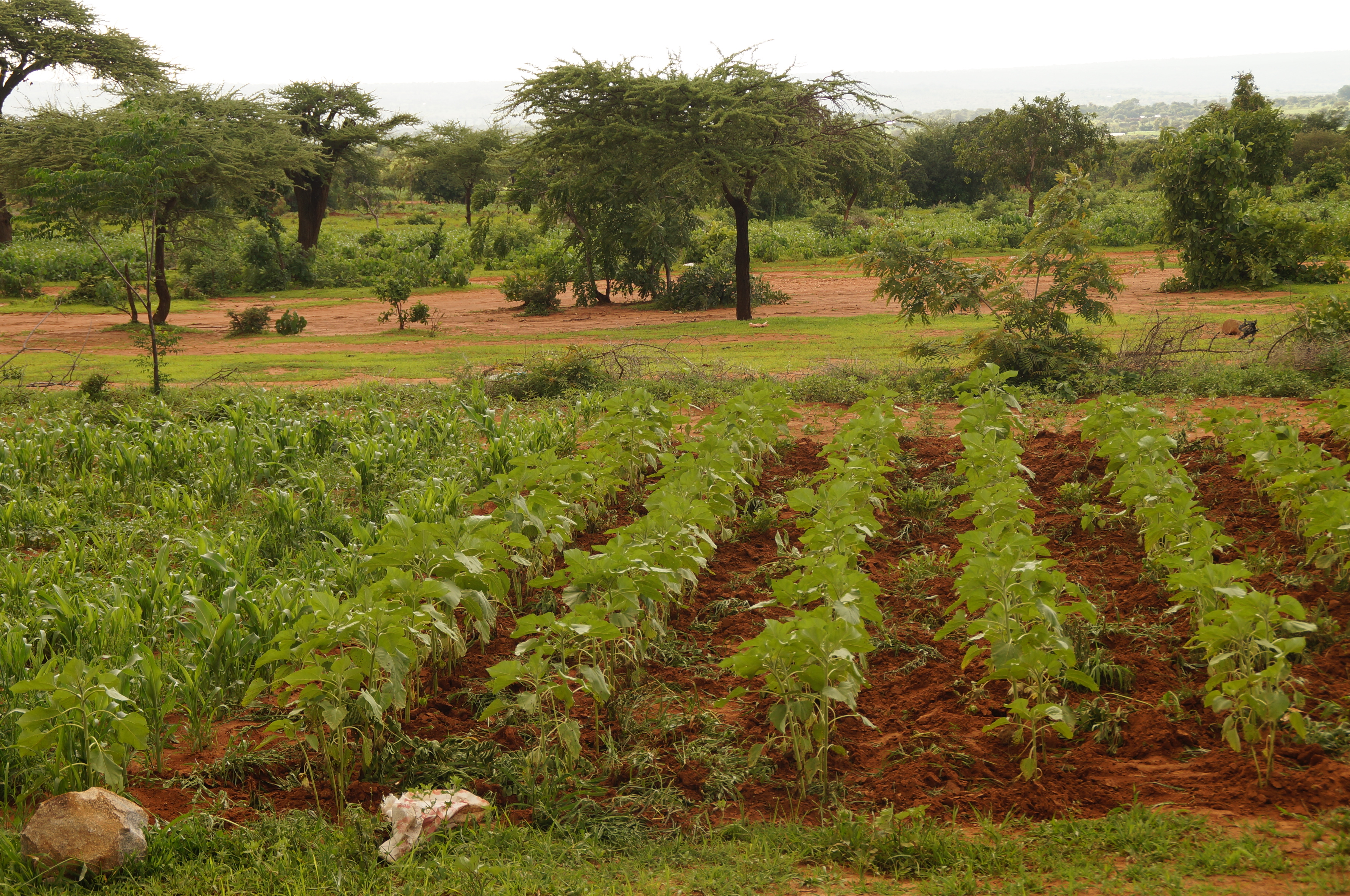This post was originally published on the NDITech DemocracyWorks blog by Lindsay Beck (view original post), a student in TechChange’s recent course at George Washington University. For more information, please consider following @BeckLindsay and @NDITech.
As technology closes the time between when events happen and when they are shared with the world, understanding what approaches and tools are the best solutions to implement in crisis response and good governance programs is increasingly important. During the “Technology for Crisis Response and Good Governance” course, which I took earlier this month offered by TechChange at GW, our class was able to simulate different scenarios of how such tools can be used effectively.
The first simulation we did was on how to use FrontlineSMS and Crowdmap to track and respond to incidents in the event of a zombie apocalypse. Each team was responsible for managing FrontlineSMS, mapping incidents and other information on Crowdmap, and going into the field to get more information and verify reports. Management of the incoming data at this point becomes the highest priority. Designating specific responsibilities to different individuals, and determining how to categorize data (reports to be mapped, questions to be answered by other officials, overly panicked individuals, etc.) helps to more efficiently handle processing a large amount of information during a short timeframe.
The next simulation was on how to use a variety of open source tools and resources to enact an election monitoring mission. While the temptation was there to think about what the tools could do to meet specific aspects of the electoral process, instead it was quite clear that workflow and anticipated challenges needed to be identified first before using these technologies. For example, in a country where internet and mobile phone coverage does not reach the entire population, making sure that outreach is also accomplished through “low-tech” mediums like radio broadcasts as well as distribution of leaflets or other informational materials through local community organizers will reach a wider percentage of citizens. In countries like Liberia, use of “chalkboard blogs” that share community-relevant information could even be leveraged. Tech alone, even more ubiquitous mobile tech, is not sufficient to reach all potential voters.
Using tools during significant political and social moments is useful in attracting the attention of and inform the local and international community. However, local context has to be taken into consideration, particurlarly in countries that discourage citizen engagement and transparency of political processes like elections, can emerge.
Could sending an SMS about violations being committed against members of a community put a sender at risk? In most countries now, a mobile phone user must provide some degree of personally identifiable information (PII) in order to purchase a SIM card, ranging from a name, home address to a photocopy of a passport or national ID card and even increasingly biometric information. Match this with the increasing efforts by governments to curtail use of mobile communications (particularly use of bulk SMS), along with pre-existing insecurities of the mobile network, and it becomes nearly impossible to exchange information securely over SMS, or send them to be reported on a platform like Crowdmap. While encrypted SMS tools like TextSecure exist, they are not available on feature phones or “dumb” phones that are the most widely used internationally nor are they easily deployed for crowdmapping efforts.
When making use of crowdsourcing and mapping applications to track incidents, such as during an election, a large amount of data is collected and can be shared with a wider community. But what happens to that data? Simply putting a map on a governance- or crisis response-focused project does not ensure continuity and sustainability of a project. Instead, defining an approach to make greater use of collected information can help strengthen follow-on activities beyond the event date. Establishing a bigger picture strategy, and then incorporating ICT elements as they fit makes for more effective projects, rather than creating “technology-first” projects that consider political and social considerations after the tools.




